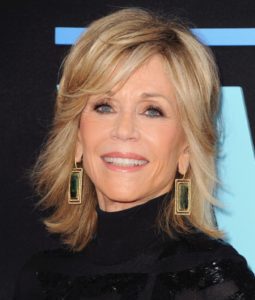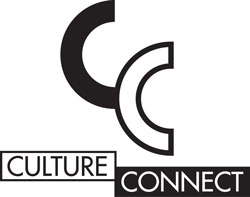Jane Fonda and the Alberta Oil Sands

The greatest threat to our world is not global warming or climate change. Our greatest threat is not talking to each other, not trying to understanding each other, and not being able to collaborate – whether that is a disconnect between rich/poor, right/left, east/west, industry/environmental, or otherwise.
I doubt Jane Fonda voted for the incoming American President. Yet, I see similarities in their style – ‘my way at all costs, and I have nothing to learn from the other side’. This approach is hazardous.
Recently, Ms. Fonda toured our Alberta oils sands and spoke out against them. I don’t fault her for that. She is an actor commenting on social and environmental topics. I don’t fault her for that either. Public engagement should be encouraged.
While in Alberta, I am sure she learned something new about the anti-oil sands, anti-pipeline argument. That is fine. However, Ms. Fonda was also invited to attend informational meetings with senior, educated Albertans presenting the other side of the debate. From my understanding, she did not want to hear this information and declined these meetings. For this, I fault her.
If we have learned anything from world events of the past couple of years, it is that living in our own echo chambers will only widen our problematic disconnects.
Conversely, after taking office, the Alberta government appointed a co-chair, who has a record of opposing oil sand development, to the province’s “Oilsands Advisory Group”. That was very confusing for many Albertans. But this is our only way forward – bringing all voices to the table, to be heard and considered with open minds.
There have been more meetings of government, business, environmental and aboriginal leaders over the past few years. This multi-directional conversation where all parties listen and are heard, is essential.
The alternative path is one of – ‘if my side doesn’t win, it’s because the system is rigged, and I will need to try other tactic – I may need to take more drastic action, property may be damaged, people may get hurt’ – all justified for the end cause. Does this sound familiar? We know where this path leads.
Much has been learned over the years about better ways for opposing views to navigate and reach better solutions for all concerned.
Difficult decisions need to be made. Not everyone is completely happy. Some decisions may be reversed or adjusted as better information becomes available.
The key to resolving these conflicts, however, does not rest in ‘choosing sides, digging in heels, and closing ears’ or in public relations assaults. The key lies in open communication, dialogue, learning as much as you can about the other’s perspective, and continuing to work on finding common ground and bridges to these conflicts.
By clearly understanding the values and motivations of one’s self and others, techniques for bridging differences have become more sophisticated. Let’s use them.


